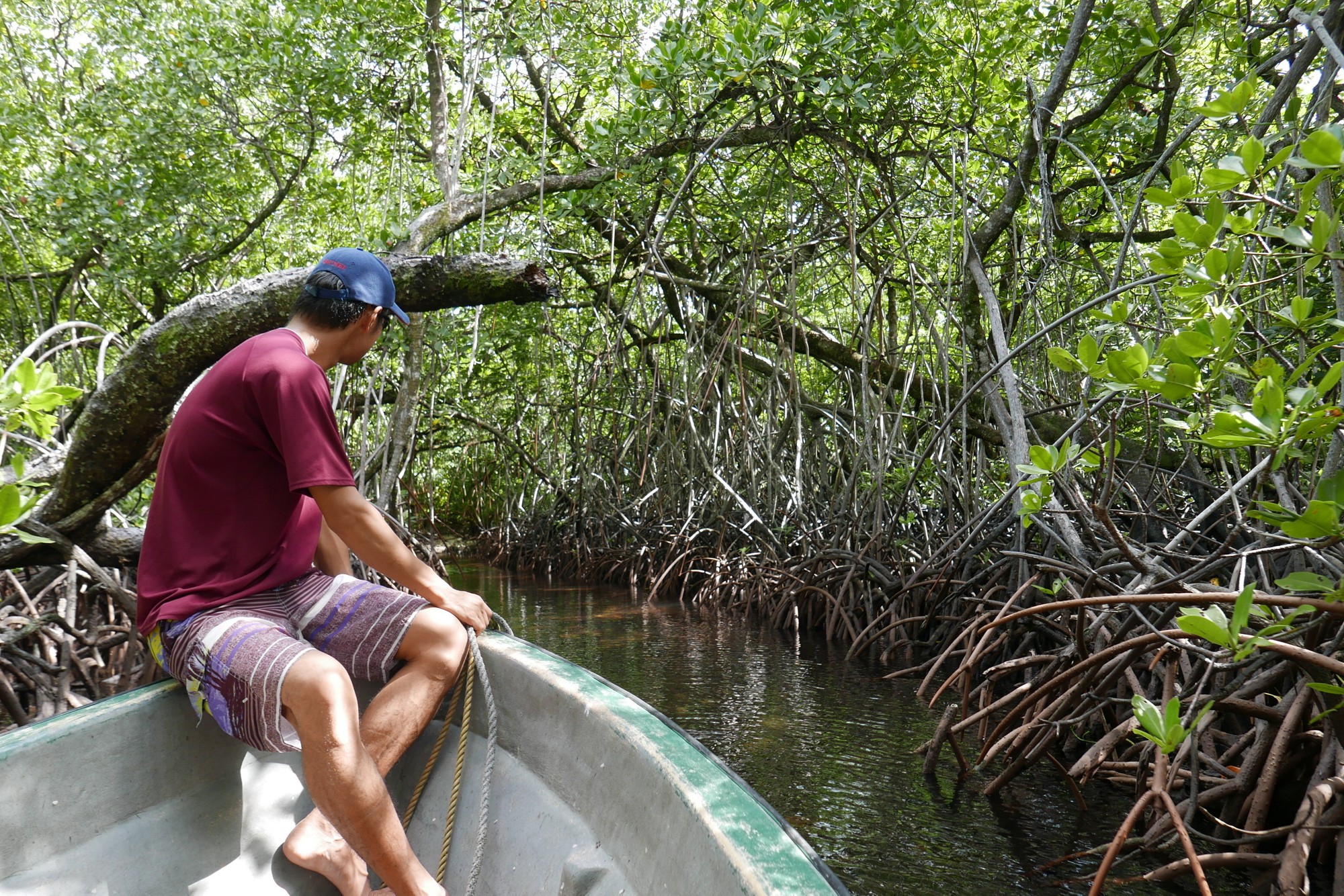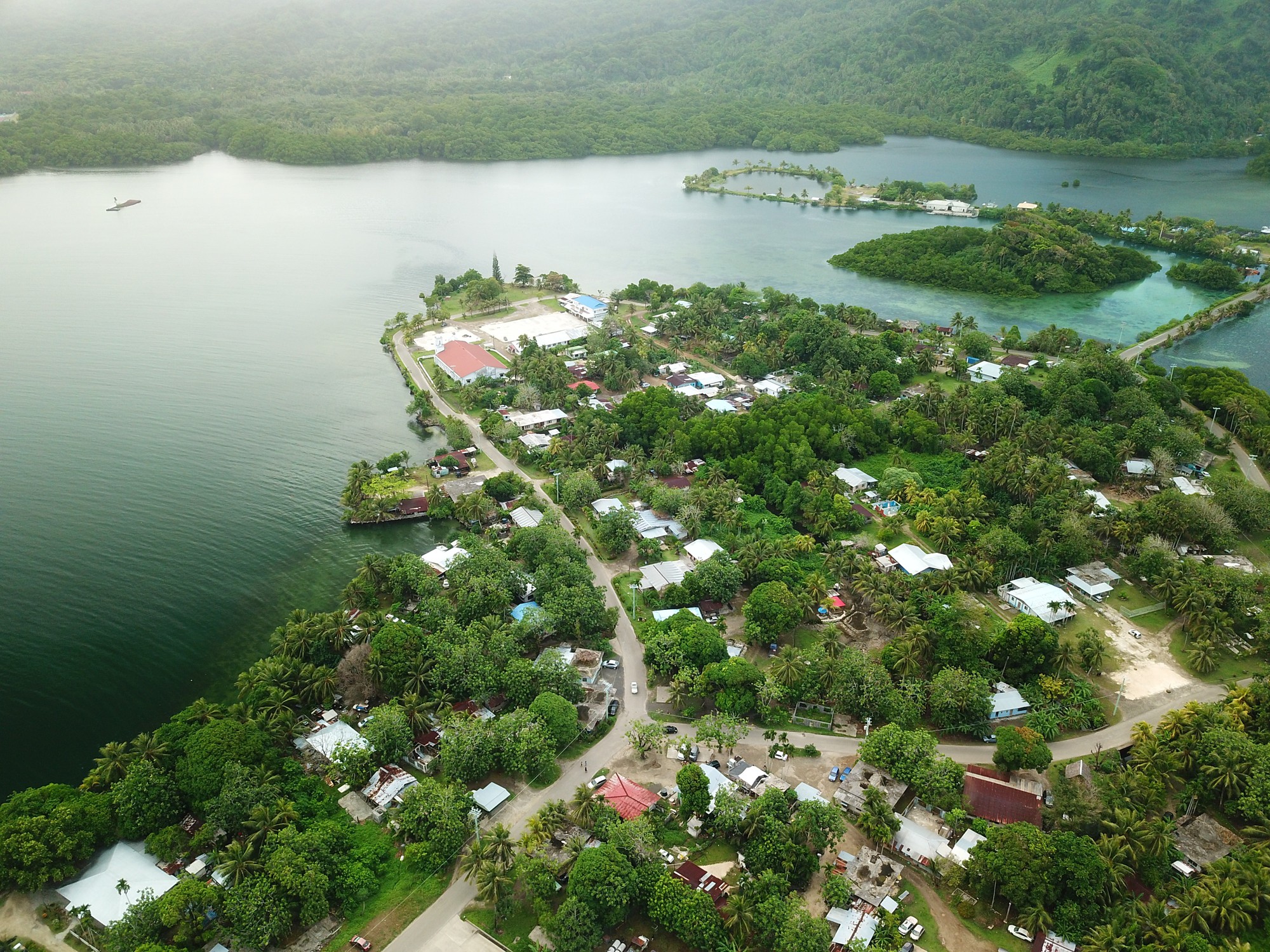Pacific small island developing states (SIDS) face distinct challenges of geographic isolation, climate vulnerability, and limited institutional capacity.
GEF has invested heavily in the region, shifting from stand-alone projects to integrated programs that address interconnected risks across biodiversity, climate, chemicals, and international waters. This evaluation provides the first in-depth assessment of how these programmatic approaches perform in Pacific SIDS and what gaps remain.
The evolution from stand-alone projects to multifocal and integrated programs has led to better alignment with national priorities and enhanced environmental outcomes.


Evaluation overview
- Results are strongest where programs align with national priorities, embed community engagement, and combine traditional knowledge with innovation, though many projects struggle to sustain or scale benefits beyond completion.
- Persistent barriers include implementation delays, weak institutional capacity, fragmented coordination, and monitoring systems that focus on outputs rather than long-term outcomes.
- Recommendations emphasize strengthening coordination among partners, improving alignment and monitoring across parent and child projects, and prioritizing institutional capacity building, including through potential accreditation of qualified regional organizations.
Methodology
The evaluation covers three programs and 19 child projects in Pacific SIDS, using portfolio analysis, field visits, document review, and stakeholder interviews to assess performance and lessons.






